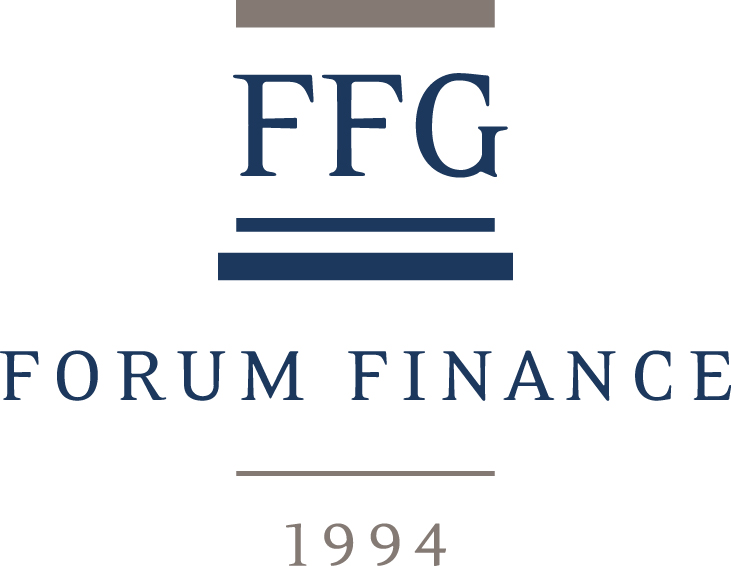Outlook | 2H 2025
Executive summary
The first half of 2025 was marked by significant market volatility, driven by heightened policy uncertainty and geopolitical tensions. The fear index reached its third-highest level on record! During this period, European and emerging market (EM) equity markets significantly outperformed US equities, especially when priced in local currencies. Meanwhile, long-term bond yields increased due to concerns about fiscal deficits, particularly in the US.
Elevated uncertainty and trade barriers are expected to hinder growth significantly, while inflation is forecast to moderate slowly on a global scale. Central banks are likely to remain cautious, suggesting that rate cuts are unlikely to resume before September.
Key risks include an escalation of conflict in the Middle East, despite the current calm following the US Air Force’s bombing of Iranian nuclear infrastructure. Other risks include renewed inflationary pressures due to disrupted oil supplies, for example via the closure of the Strait of Hormuz, and tariff escalations, which could trigger recessions in major economies.
Economic Outlook
Global growth will remain below pre-pandemic averages of around 2.3% to 2.9%
Growth moderation is broad-based, with notable slowdowns in the US and China
Elevated and persistent trade barriers and tariffs are a significant drag on global growth
Inflation is expected to continue moderating globally, albeit at a slower pace
Central banks are expected to maintain a cautious stance
The U.S. Federal Reserve may hold rates steady through much of 2025
Spending to support the economy will lead to rising fiscal deficits and debt levels
Key Risks
Divergent and rapidly changing monetary and fiscal policies may tighten financial conditions and destabilise markets.
Conflicts and sanctions could disrupt trade, energy supplies and investment flows.
Rising public debt and fiscal imbalances may limit policy flexibility and increase sovereign risk premiums.
Renewed inflationary pressures could derail plans for monetary easing, prolong tightening cycles and increase borrowing costs.
Further tariff increases or re-escalation could trigger recessions in major economies and worsen global growth.
Investment Convictions
Modest overweight in credit, especially in the high-yield and investment-grade sectors.
Focus on intermediate sovereign bonds as the yield curve is expected to remain upward-sloping due to fiscal deficits and risk premia (‘sweet spot’).
Gold remains a hedge against inflation surprises and, more importantly, geopolitical risks.
Mid-caps still present opportunities for valuation expansion and earnings growth, making them an attractive addition to large-cap allocations.
Large-cap US stocks, particularly in the technology and growth sectors, are benefiting from AI and innovation and should therefore be favoured within the equity allocation.
Currency tailwinds and relative valuation discounts against the US dollar support emerging market equities. A modest overweight position is warranted.
In Europe, fiscal stimulus in defence and infrastructure may offset some of the headwinds caused by trade disruptions.
Table of contents
- OUTLOOK 2H 2025 : EXECUTIVE SUMMARY
- 1H 2025 REVIEW : KEY HIGHLIGHTS
- OUTLOOK 2H 2025
- INVESTMENT CONVICTIONS
- ALLOCATION VIEWS
